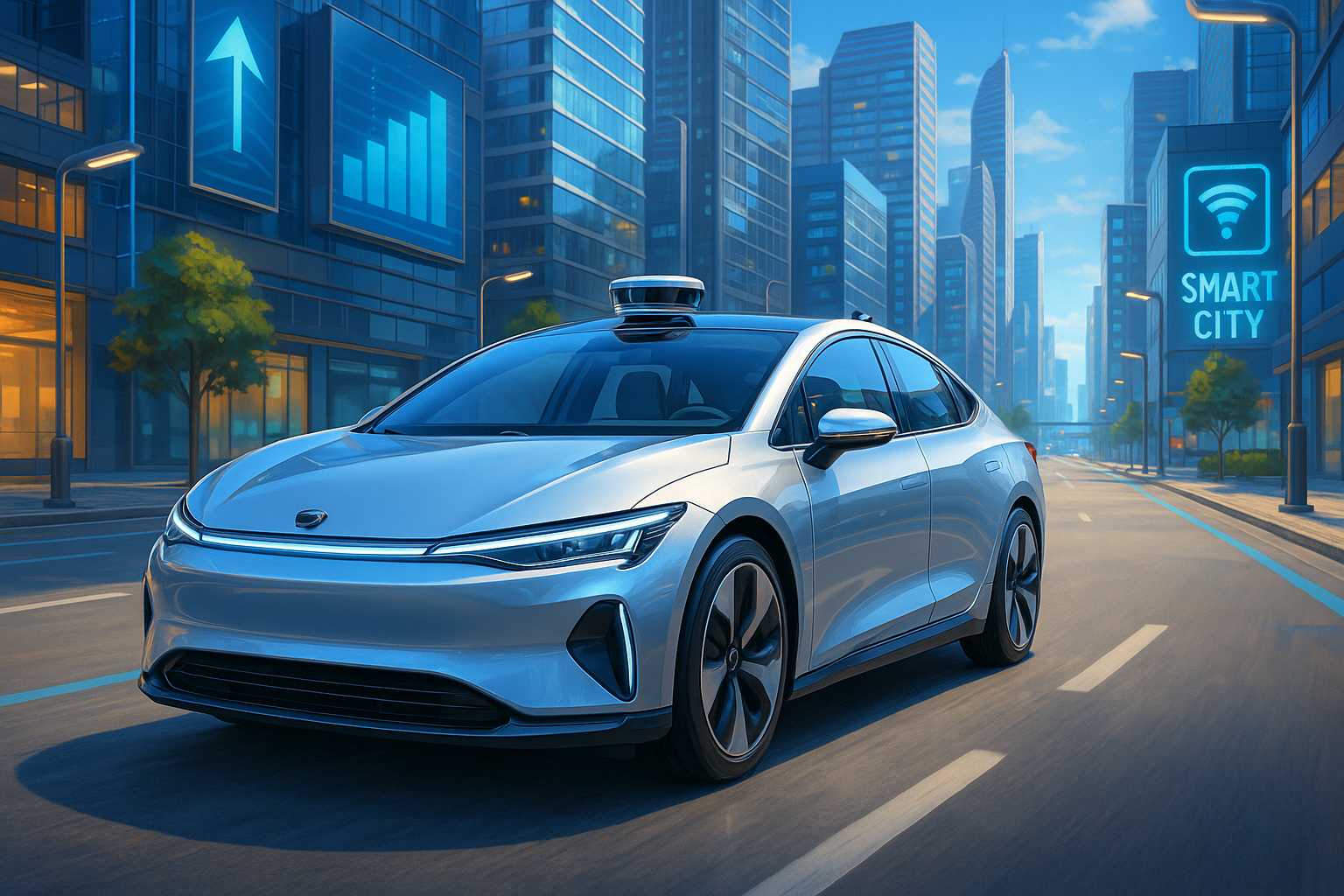The automotive industry is in the midst of a profound transformation, and one of the most exciting developments is the rapid advancement of autonomous vehicles. While electric vehicles (EVs) have taken center stage in recent years, self-driving technology represents the next leap forward in both convenience and safety.
A Brief History of Autonomous Vehicles
The dream of self-driving cars dates back many decades. Early concepts appeared in science fiction during the mid-20th century, but it wasn’t until the advent of advanced computing and sensor technologies that true progress began. In the late 2000s, major technology companies and car manufacturers started investing heavily in autonomous research. The result has been a steady stream of innovations, from driver-assist features like adaptive cruise control and lane keeping to the fully autonomous prototypes we see on streets today.
How It Works
Autonomous vehicles rely on a fusion of technologies, including LiDAR, radar, cameras, and powerful artificial intelligence algorithms. These systems allow the car to "see" its surroundings, predict the movement of other vehicles and pedestrians, and make complex driving decisions in real time. As of 2024, most vehicles still require human supervision, but true Level 4 and Level 5 autonomy—where the car can handle all situations without input—are on the horizon.
Benefits and Challenges
Self-driving cars promise to significantly reduce accidents caused by human error, improve mobility for those unable to drive, and contribute to more efficient traffic flows. However, there are still hurdles to overcome. Ensuring safety in complex urban environments, addressing ethical decision-making in algorithms, and updating legal frameworks for liability and insurance all present challenges the industry must overcome.
Looking Ahead
Major automakers and tech firms continue to pour resources into making autonomous driving a reality. With every year, the technology becomes more sophisticated, and widespread adoption may be closer than we think. As we move towards this brave new world, it’s essential to consider both the opportunities and responsibilities that come with automating the way we travel.
Lex is an automotive expert passionate about modern trends and the evolution of the auto industry. Follow for more insights into the future of mobility.


Leave a Reply